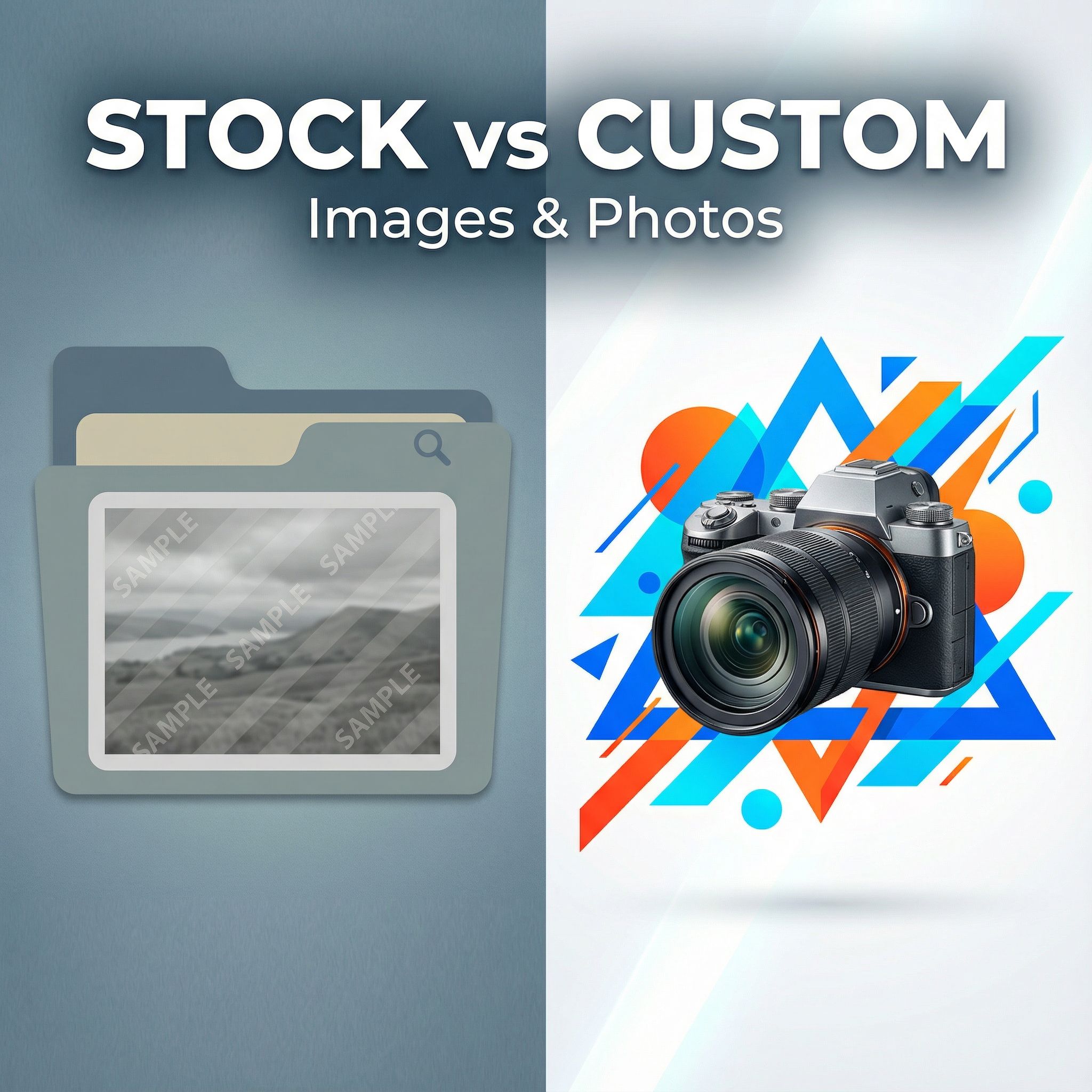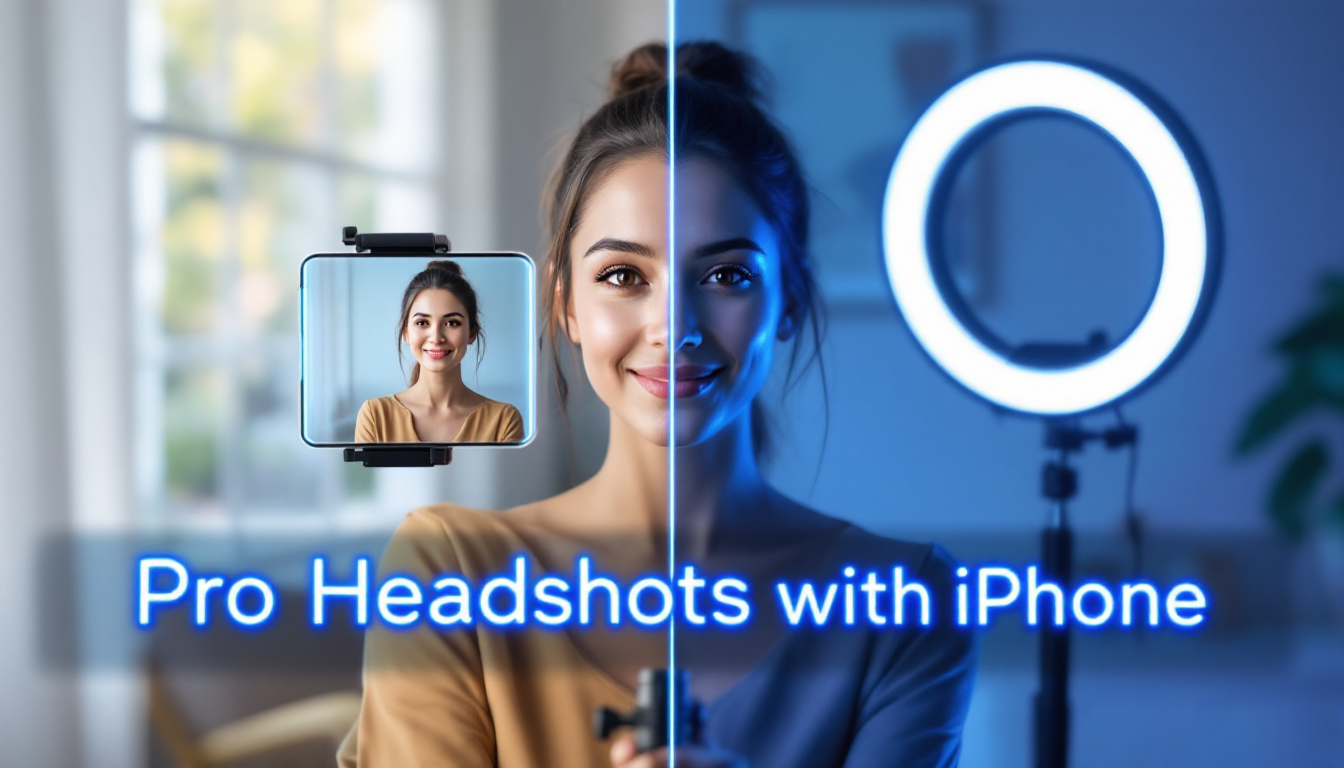Depop vs Poshmark: Complete Guide to Choosing the Right Platform for Your Fashion Resale Business
In the rapidly growing world of online fashion resale, understanding the Depop vs poshmark decision is crucial for sellers looking to maximize their profits and reach the right audience. Both platforms have revolutionized how people buy and sell pre-owned fashion, but choosing between **depop vs poshmark** requires careful consideration of your target market, selling style, and business goals.
The **depop vs poshmark** comparison reveals two distinct approaches to fashion resale, each with unique features, demographics, and selling strategies. While both platforms focus on clothing and accessories, the **depop vs poshmark** debate often comes down to generational preferences, pricing strategies, and the level of social interaction desired in the selling process.
Understanding the Depop vs Poshmark Landscape
When comparing **depop vs poshmark**, it's essential to understand the fundamental differences between these two major resale platforms. The **depop vs poshmark** discussion begins with recognizing that each platform targets different demographics and shopping behaviors, making the choice between them critical for your success as an online seller.
The **depop vs poshmark** comparison shows that while both platforms facilitate the sale of second-hand fashion, they approach the market with different philosophies. Understanding these core differences in the **depop vs poshmark** equation will help you make an informed decision about where to invest your time and inventory.
What Makes Each Platform Unique in the Depop vs Poshmark Debate
In the **depop vs poshmark** analysis, Depop positions itself as a social shopping app with a strong emphasis on creativity and individual expression. The platform attracts younger users who view fashion resale as a form of self-expression and social interaction, making this a key consideration in any **depop vs poshmark** decision.
Conversely, the **depop vs poshmark** comparison reveals that Poshmark operates more like a social marketplace focused on building relationships between buyers and sellers. This platform emphasizes community engagement and offers more structured selling tools, which influences the **depop vs poshmark** choice for many sellers.
Demographics and Target Audience in Depop vs Poshmark
Age and Generational Preferences
The **depop vs poshmark** demographic analysis reveals significant differences in user age distributions. Depop primarily attracts Gen Z and younger millennials, with the majority of users aged 16-24. This younger demographic brings different expectations and shopping behaviors to the **depop vs poshmark** comparison.
In contrast, the **depop vs poshmark** user base shows that Poshmark appeals to a broader age range, with strong representation among millennials and Gen X users aged 25-45. This older demographic often has more purchasing power and different style preferences, making it an important factor in the **depop vs poshmark** decision.
Geographic Distribution and Market Reach
The **depop vs poshmark** geographic comparison shows that both platforms have strong presences in major markets, but with different international reach. Depop has expanded more aggressively into international markets, particularly in Europe and Australia, which affects the **depop vs poshmark** equation for sellers targeting global audiences.
When examining **depop vs poshmark** market penetration in the United States, Poshmark maintains a stronger presence in suburban and smaller metropolitan areas, while Depop shows higher concentration in major urban centers and college towns.
Seller Experience: Navigating Depop vs Poshmark Platforms
Listing Process and User Interface
The **depop vs poshmark** listing experience differs significantly between platforms. Depop emphasizes mobile-first design with Instagram-like functionality, allowing sellers to create visually appealing listings quickly. This streamlined approach is a major advantage in the **depop vs poshmark** usability comparison.
Poshmark's listing process in the **depop vs poshmark** comparison offers more detailed categorization options and structured fields for item descriptions. While this may take longer initially, it can lead to better discoverability in search results, influencing the **depop vs poshmark** decision for sellers who prioritize organization.
Photography and Visual Requirements
In the **depop vs poshmark** visual requirements comparison, both platforms prioritize high-quality images, but with different approaches. Depop encourages creative, lifestyle-oriented photography that showcases personal style, making visual creativity a key factor in the **depop vs poshmark** success equation.
The **depop vs poshmark** photography standards show that Poshmark focuses more on clear, well-lit product shots that accurately represent items. Professional-looking images often perform better on Poshmark, which influences many sellers' **depop vs poshmark** platform choice.
For sellers looking to create professional-quality images for either platform, AI-powered product photography can help achieve the visual standards required for success in both the **depop vs poshmark** marketplace competition.
Fees and Commission Structure: Depop vs Poshmark Economics
Transaction Fees and Seller Costs
The **depop vs poshmark** fee structure comparison reveals important differences that impact seller profitability. Depop charges a 10% commission on sales, plus payment processing fees, making the total fee structure a significant consideration in the **depop vs poshmark** economic analysis.
Poshmark's fee structure in the **depop vs poshmark** comparison operates on a tiered system: 20% commission on sales over $15 and a flat $2.95 fee on sales under $15. This structure can significantly impact profit margins, especially for lower-priced items, making it crucial to the **depop vs poshmark** decision.
Additional Costs and Services
When comparing **depop vs poshmark** additional services, sellers must consider shipping, authentication, and promotional costs. Depop allows more flexibility in shipping arrangements, while Poshmark offers standardized shipping options and authentication services for luxury items over certain price thresholds.
Marketing and Promotion: Depop vs Poshmark Strategies
Social Media Integration
The **depop vs poshmark** social media integration comparison shows that both platforms benefit from external promotion, but Depop's Instagram-like interface makes it more naturally suited to social media marketing. Many successful Depop sellers leverage TikTok and Instagram to drive traffic, making social media savvy important in the **depop vs poshmark** success equation.
In the **depop vs poshmark** promotional strategy comparison, Poshmark offers built-in party events and sharing features that can increase visibility without external social media promotion. This internal promotion system influences many sellers' **depop vs poshmark** platform preference.
Algorithm and Discovery Features
Understanding the **depop vs poshmark** algorithm differences is crucial for maximizing visibility. Depop's explore page and trending features favor fresh, engaging content and active seller engagement, similar to social media platforms.
The **depop vs poshmark** discovery mechanism shows that Poshmark's algorithm prioritizes sharing activity, closet organization, and community participation through parties and following other users.
Product Categories and Best-Selling Items
Fashion Categories and Trends
The **depop vs poshmark** product performance analysis reveals that certain categories excel on each platform. Depop shows stronger performance for vintage items, streetwear, alternative fashion, and unique pieces that appeal to younger demographics.
In the **depop vs poshmark** category comparison, Poshmark demonstrates better performance for contemporary brands, professional wear, luxury handbags, and items from well-known retailers that appeal to its older demographic.
Pricing Strategies and Market Positioning
The **depop vs poshmark** pricing strategy comparison shows that successful Depop sellers often price items lower to encourage quick sales and build following, while Poshmark sellers typically price higher with expectation of negotiation through the offer system.
Building Your Brand: Depop vs Poshmark Business Growth
Community Building and Customer Relationships
In the **depop vs poshmark** community aspect comparison, both platforms emphasize relationship building but through different mechanisms. Depop focuses on follower growth and social engagement, while Poshmark emphasizes repeat customers through its structured sharing and party system.
Scaling Your Business
The **depop vs poshmark** scalability comparison shows that each platform offers different paths for business growth. Depop's social nature makes it easier to build a personal brand and cultivate loyal followers who regularly purchase from specific sellers.
In contrast, the **depop vs poshmark** business development comparison reveals that Poshmark's structured approach and older demographic can support higher-value transactions and more professional seller relationships.
Authentication and Buyer Protection
The **depop vs poshmark** authentication services comparison shows important differences in buyer and seller protection. Poshmark offers Posh Authenticate for luxury items and comprehensive buyer protection policies, while Depop has more basic protection measures and relies more on seller reputation.
International Selling and Shipping
When comparing **depop vs poshmark** international capabilities, Depop currently offers broader international shipping options and has established marketplaces in multiple countries. Poshmark primarily focuses on the US and Canadian markets, which influences the **depop vs poshmark** decision for sellers with international ambitions.
Making Your Depop vs Poshmark Decision
Factors to Consider
The **depop vs poshmark** decision should be based on several key factors:
Multi-Platform Strategy
Rather than limiting yourself to the **depop vs poshmark** either/or decision, many successful sellers use both platforms strategically. This approach allows you to reach different demographics and maximize your market reach while learning the strengths of each platform.
Professional Photography for Both Platforms
Regardless of your **depop vs poshmark** decision, high-quality product photography remains essential for success on both platforms. Professional images help build trust, showcase items effectively, and can significantly impact sales performance.
For sellers looking to optimize their visual content across both platforms, background removal tools can help create clean, professional-looking product images that perform well in both the Depop and Poshmark marketplaces.
Future Trends in the Depop vs Poshmark Market
The **depop vs poshmark** landscape continues evolving as both platforms adapt to changing user preferences and market conditions. Sustainability concerns, authentication technology, and international expansion will likely influence the **depop vs poshmark** competitive dynamic in coming years.
Conclusion: Winning the Depop vs Poshmark Game
The **depop vs poshmark** decision ultimately depends on your specific goals, inventory, and target market. Success on either platform requires understanding your audience, creating quality listings, and actively engaging with the community.
Whether you choose Depop's social, creative approach or Poshmark's structured marketplace model, remember that the **depop vs poshmark** choice doesn't have to be permanent. Many successful sellers find value in testing both platforms to see which aligns better with their business model and inventory mix.
By understanding the key differences highlighted in this **depop vs poshmark** analysis, you can make an informed decision that sets your fashion resale business up for success in the competitive online marketplace.
Ready to take your fashion resale photography to the professional level? Discover how ProductAI can help you create stunning product images that perform well on both Depop and Poshmark. Our advanced AI technology makes it easy to create the high-quality visuals that successful sellers need to stand out in the **depop vs poshmark** marketplace competition.





